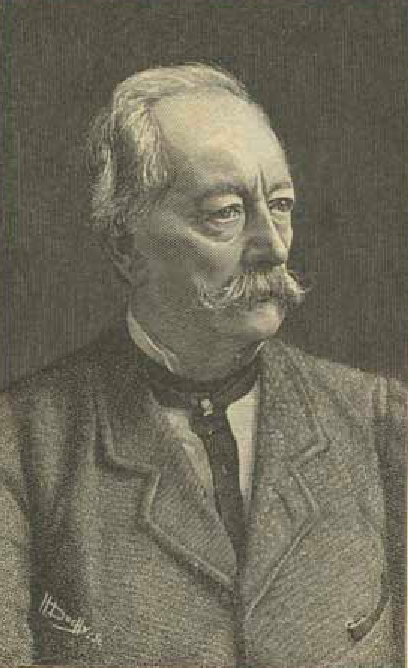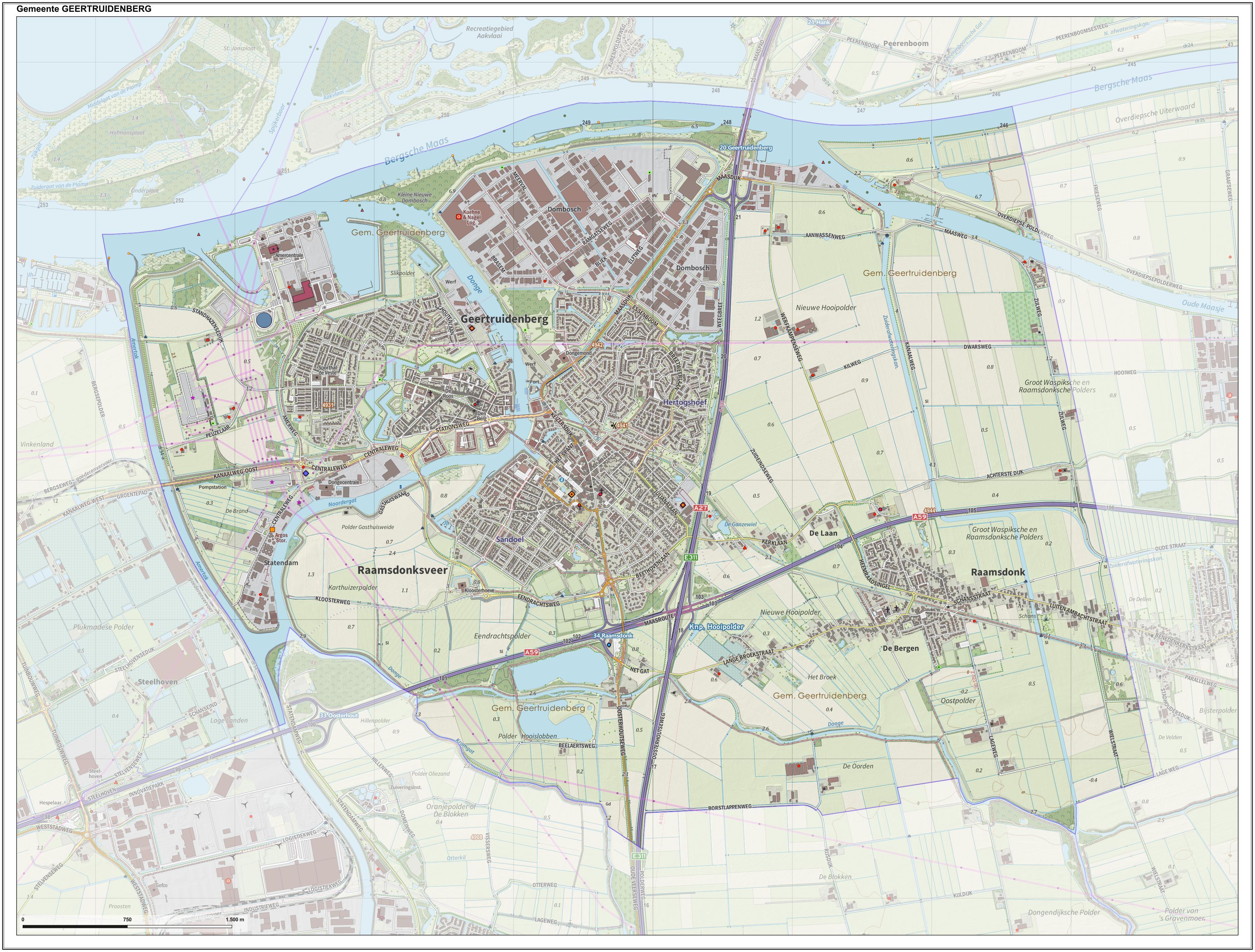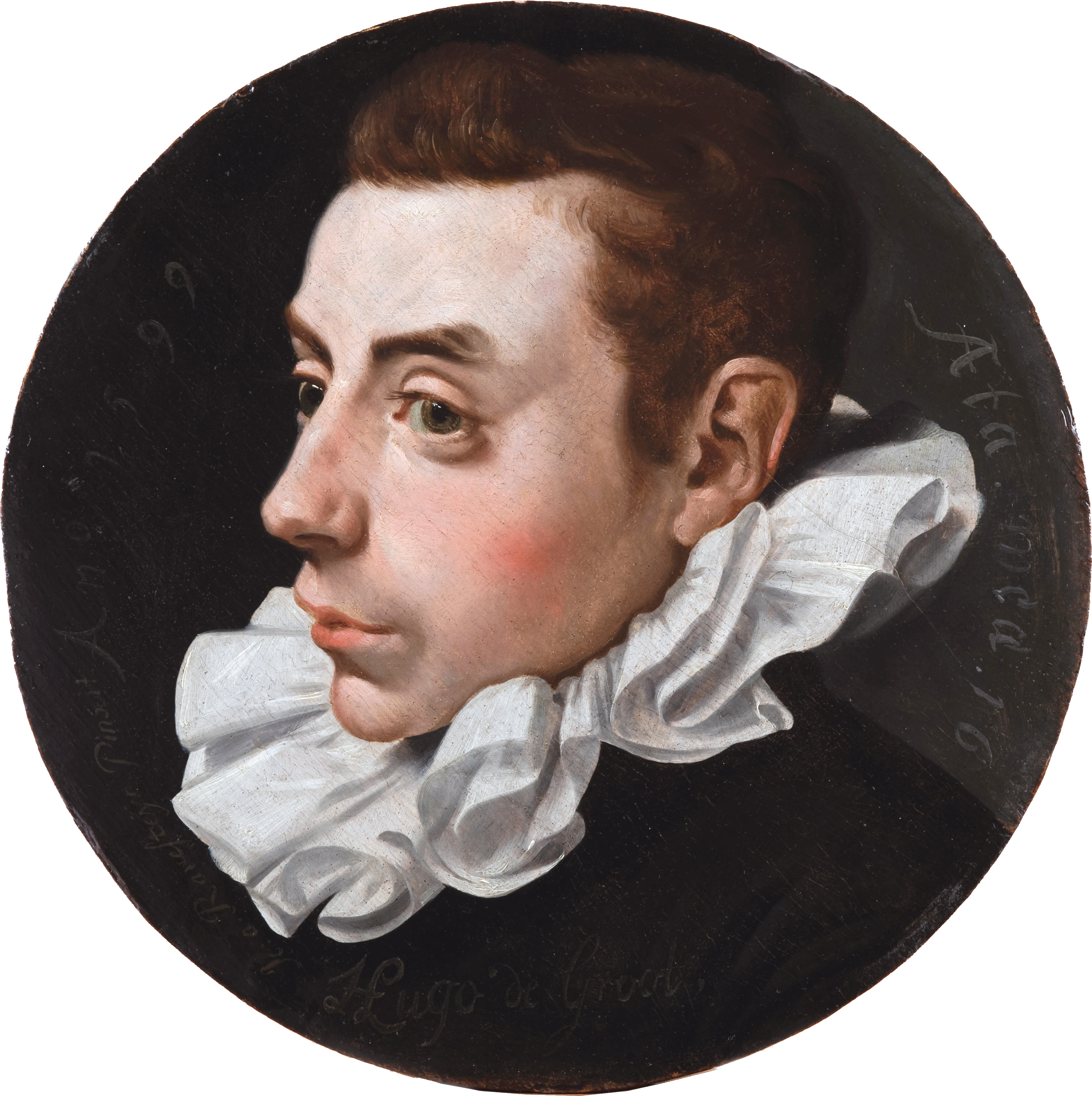|
Capture Of Breda (1590)
The capture of Breda was a short battle during the Eighty Years' War and Anglo–Spanish War during which a Dutch and English army led by Maurice of Nassau captured the heavily protected city of Breda. Using a clever tactic reminiscent of the Trojan horse, a small assault force hid in a peat barge, entered the city of Breda, and proceeded to take it over resulting in a minimum number of casualties. It was the turning point of the war as the forces under Maurice were able to take the offensive.MacCaffrey pg 257Motley pg. 7-16 Background The city of Breda is located in the confluence of the rivers Aa and Mark, in the province of Brabant and the main city of the zone. It was well fortified, and was surrounded by a defensive moat fed by waters of the Mark river. Breda had been under Spanish control from 1581 and had a garrison of 500 men of infantry and a hundred of cavalry. The troops were Italian and Spanish, the majority being from Sicily in the service of Spanish Empire. Ed ... [...More Info...] [...Related Items...] OR: [Wikipedia] [Google] [Baidu] |
Charles Rochussen
Charles Rochussen ( Kralingen, 1 August 1814 – Rotterdam 22 September 1894) was a 19th-century painter from Rotterdam, the Netherlands, who was also known as an illustrator and printmaker. Charles was the second son of the wealthy businessman and art collector Hendrik Rochussen (1779–1852), who was himself an amateur draftsman of some distinction and owned an extensive art and history library. His brother Henri Rochussen (1812–89) became a painter. While still a child, Charles showed a talent for drawing; between 1831 and 1834 he produced watercolor studies of birds. However, it was decided that he would pursue a career in business. He worked for a few years in an office before resolving at the age of 22 to turn to painting. In 1837 he enrolled at the academy in The Hague, where he was taught by Wijnand Nuijen (1813–39) and, after Nuyen's death, by Anthonie Waldorp (1803–66). [...More Info...] [...Related Items...] OR: [Wikipedia] [Google] [Baidu] |
Geertruidenberg
Geertruidenberg () is a city and municipality in the province North Brabant in the south of the Netherlands. The city, named after Saint Gertrude of Nivelles, received city rights in 1213 from the count of Holland. The fortified city prospered until the 15th century. Today, the municipality of Geertruidenberg also includes the population centres Raamsdonk and Raamsdonksveer. The municipality has a total area of and had a population of in . The city government consists of the mayor Willemijn van Hees and three aldermen. History Geertruidenberg is named after Saint Gertrude of Nivelles. In 1213, Sint Geertruidenberg (English: "Saint Gertrude's Mountain") received city rights from Count William I of Holland. The fortified city became a trade center, where counts and other nobility gathered for negotiations. The Hook and Cod wars in 1420 and the Saint Elizabeth's flood in 1421 ended the prosperity of the city. During the Eighty Years War the city was captured by an English, F ... [...More Info...] [...Related Items...] OR: [Wikipedia] [Google] [Baidu] |
's-Hertogenbosch
s-Hertogenbosch (), colloquially known as Den Bosch (), is a city and municipality in the Netherlands with a population of 157,486. It is the capital of the province of North Brabant and its fourth largest by population. The city is south of the Maas river and near the Waal; it is to the north east of the city of Tilburg, north west of Eindhoven, south west of Nijmegen, and a longer distance south of Utrecht and south east of Dordrecht. History The city's official name is a contraction of the (archaic) Dutch ''des Hertogen bosch'' — "the forest of the duke". The duke in question was Henry I of Brabant, whose family had owned a large estate at nearby Orthen for at least four centuries. He founded a new town located on some forested dunes in the middle of a marsh. At age 26, he granted 's-Hertogenbosch city rights and the corresponding trade privileges in 1185. This is, however, the traditional date given by later chroniclers; the first mention in contemporaneous sou ... [...More Info...] [...Related Items...] OR: [Wikipedia] [Google] [Baidu] |
Alexander Farnese, Duke Of Parma
Alexander Farnese ( it, Alessandro Farnese, es, Alejandro Farnesio; 27 August 1545 – 3 December 1592) was an Italian noble and condottiero and later a general of the Spanish army, who was Duke of Parma, Piacenza and Castro from 1586 to 1592, as well as Governor of the Spanish Netherlands from 1578 to 1592. Thanks to a steady influx of troops from Spain, during 1581–1587 Farnese captured more than thirty towns in the south (now Belgium) and returned them to the control of Catholic Spain. During the French Wars of Religion he relieved Paris for the Catholics. His talents as a field commander, strategist and organizer earned him the regard of his contemporaries and military historians as the first captain of his age. Early life: 1545-1577 Alessandro, born August 27, 1545, was the son of Duke Ottavio Farnese of Parma (a grandchild of Pope Paul III) and Margaret, the illegitimate daughter of the King of Spain and Habsburg Emperor Charles V. He had a twin brother, Carlo, ... [...More Info...] [...Related Items...] OR: [Wikipedia] [Google] [Baidu] |
Florin
The Florentine florin was a gold coin struck from 1252 to 1533 with no significant change in its design or metal content standard during that time. It had 54 grains (3.499 grams, 0.113 troy ounce) of nominally pure or 'fine' gold with a purchasing power difficult to estimate (and variable) but ranging according to social grouping and perspective from approximately 140 to 1,000 modern US dollars. The name of the coin comes from the ''Giglio bottonato'' ( it), the floral emblem of the city, which is represented at the head of the coin. History The ''fiorino d'oro'' (gold florin) was used in the Republic of Florence and was the first European gold coin struck in sufficient quantities since the 7th century to play a significant commercial role. The florin was recognized across large parts of Europe. The territorial usage of the '' lira'' and the florin often overlapped, where the lira was used for smaller transactions (wages, food purchases), the florin was for larger transactions ... [...More Info...] [...Related Items...] OR: [Wikipedia] [Google] [Baidu] |
Hugo Grotius
Hugo Grotius (; 10 April 1583 – 28 August 1645), also known as Huig de Groot () and Hugo de Groot (), was a Dutch humanist, diplomat, lawyer, theologian, jurist, poet and playwright. A teenage intellectual prodigy, he was born in Delft and studied at Leiden University. He was imprisoned in Loevestein Castle for his involvement in the intra-Calvinist disputes of the Dutch Republic, but escaped hidden in a chest of books that was transported to Gorinchem. Grotius wrote most of his major works in exile in France. Hugo Grotius was a major figure in the fields of philosophy, political theory and law during the 16th and 17th centuries. Along with the earlier works of Francisco de Vitoria and Alberico Gentili, he laid the foundations for international law, based on natural law in its Protestant side. Two of his books have had a lasting impact in the field of international law: ''De jure belli ac pacis'' 'On the Law of War and Peace''dedicated to Louis XIII of France and the '' ... [...More Info...] [...Related Items...] OR: [Wikipedia] [Google] [Baidu] |
Bartholomeus Dolendo
Bartholomeus Willemsz Dolendo (c. 1570 in Leiden? – buried 27 May 1626 in Leiden) at the . a Dutch engraver, draftsman and goldsmith. He is presumed to have been instructed in engraving by . He worked entirely with the graver, in an open, clear style. There are by him several plates, some of which are from his own designs. He occasionally marked his prints with his name, but more frequen ... [...More Info...] [...Related Items...] OR: [Wikipedia] [Google] [Baidu] |
Willemstad, North Brabant
Willemstad is a city in the Dutch province of North Brabant. It is located in the municipality of Moerdijk. Its population was 2,490. Willemstad is a small historical town with well preserved fortifications. It lies on the Hollands Diep, close to the Haringvliet and Volkerak. It received city rights in 1585. The Reformed Church was built in 1607 as the first new Protestant church building in the Netherlands (see: the Reformation and its influence on church architecture). History The current name was first used in 1639 as Willemstat, and refers to William the Silent who fortified the settlement in 1583. The settlement used to be known as Ruigenhil, and was located at a strategic location along the Hollands Diep. In 1587, the fortifications were completed, and Willemstad received a heptagon (seven sided) shape with seven bastions. Even though the fortification have been decommissioned in 1926, the layout is still clearly visible and mainly intact. The Dutch Reformed church wa ... [...More Info...] [...Related Items...] OR: [Wikipedia] [Google] [Baidu] |
Philip Ernest, Count Of Hohenlohe-Langenburg
Philip Ernest, Count of Hohenlohe-Langenburg (11 August 1584 in Langenburg – 29 January 1628 in Weikersheim), was Count of Hohenlohe-Langenburg and was the fourth son of Wolfgang, Count of Hohenlohe-Weikersheim (1546–1610), who later became regent of the county of Weikersheim and his wife Magdalena of Nassau-Dillenburg (1547–1643). He served in the Dutch army until he inherited the Dutch from his uncle, Philip of Hohenlohe-Neuenstein. When his father died in 1610, he and his brothers George Frederick (1569–1647) and Kraft (1582–1641) divided the inheritance. George Frederick received Weikersheim; Kraft received Neuenstein and Philip Ernest received the Lordship of Langenburg. He immediately began the construction of Langenburg Castle. He spent much of his time in the Netherlands, until he was relieved of his duties as a colonel by the States-General. He died in 1628, at the age of 44, in Weikersheim, of a "stone disease". He was buried, together with his wif ... [...More Info...] [...Related Items...] OR: [Wikipedia] [Google] [Baidu] |
Trojan Horse
The Trojan Horse was a wooden horse said to have been used by the Greeks during the Trojan War to enter the city of Troy and win the war. The Trojan Horse is not mentioned in Homer's ''Iliad'', with the poem ending before the war is concluded, and it is only briefly mentioned in the ''Odyssey''. But in the ''Aeneid'' by Virgil, after a fruitless 10-year siege, the Greeks constructed a huge wooden horse at the behest of Odysseus, and hid a select force of men inside, including Odysseus himself. The Greeks pretended to sail away, and the Trojans pulled the horse into their city as a victory trophy. That night, the Greek force crept out of the horse and opened the gates for the rest of the Greek army, which had sailed back under cover of darkness. The Greeks entered and destroyed the city, ending the war. Metaphorically, a "Trojan horse" has come to mean any trick or stratagem that causes a target to invite a foe into a securely protected bastion or place. A malicious computer pr ... [...More Info...] [...Related Items...] OR: [Wikipedia] [Google] [Baidu] |
Peat
Peat (), also known as turf (), is an accumulation of partially decayed vegetation or organic matter. It is unique to natural areas called peatlands, bogs, mires, moors, or muskegs. The peatland ecosystem covers and is the most efficient carbon sink on the planet, because peatland plants capture carbon dioxide (CO2) naturally released from the peat, maintaining an equilibrium. In natural peatlands, the "annual rate of biomass production is greater than the rate of decomposition", but it takes "thousands of years for peatlands to develop the deposits of , which is the average depth of the boreal orthernpeatlands", which store around 415 gigatonnes (Gt) of carbon (about 46 times 2019 global CO2 emissions). Globally, peat stores up to 550 Gt of carbon, 42% of all soil carbon, which exceeds the carbon stored in all other vegetation types, including the world's forests, although it covers just 3% of the land's surface. ''Sphagnum'' moss, also called peat moss, is one of th ... [...More Info...] [...Related Items...] OR: [Wikipedia] [Google] [Baidu] |







.jpg)